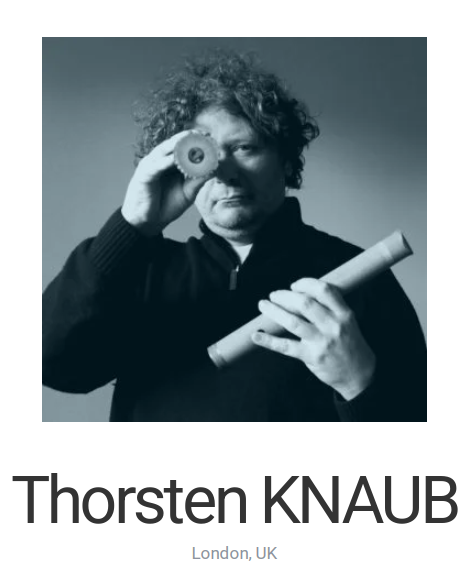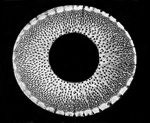|
2025: Fact checking Yet More Shakuhachi History Misinformation:
"A Brief History" by Thorsten Knaub at Shakuhachi Atelier

Source: WSF2018 website.
URL: https://shakuhachi-atelier.com/shakuhachi/history/
Webpage last visited on March 29, 2025
Thorsten Knaub is the current "Chair Person" of The European Shakuhachi Society/a.k.a. "ESS"
and is the absolutely responsible at the top of anything that is taking place in that society, also in the online ESS' Facebook group:
URL: https://shakuhachisociety.eu/about-the-ess/structure/
QUOTATIONS & JUSTIFIED CRITICAL COMMENTS:
•
"A BRIEF HISTORY
It is widely believed now that the shakuhachi was first introduced into Japan around the end of the 7th century,
originally forming part of the gagaku (court) ensemble and then evolved through a series of modifications,
to reach its present form during the 17th century."
Comment by T.O.:
There is no such "thing" as the 'Shakuhachi'.
There have never been any doubt nor any serious academic controversies regarding the first arrival of Chinese 'Shakuhachi' flutes in Japan.
Multiple variants of horizontally held edge-blown flutes have appeared in Japan since then,
each of them with each their own specific names and characteristics.
No musical instrument just "morphs" from one state to another.
'Shakuhachi' is nothing but a "collective" term, simple as that.
•
"During the Edo period of Japanese history (1603 to 1868), shakuhachi playing monks formed
the Fukeshū or Fuke sect, a subsect of the Rinzai Zen sect."
Comment by T.O.:
No: The so-called 'Fuke-shū' was never a "sect", and whoever those "shakuhachi playing" persons may have been,
they certainly never were members of any officially or publically recognized Rinzai Zen subsect.
•
"These komusō or 'priests of nothingness' saw the shakuhachi as a spiritual tool and used it
as part of their spiritual exercises, sometimes referred to [as?] blowing zen or suizen by some people today, - - - "
Comment by T.O.:
The appellation 'Komusō' has nothing to do with "nothingness", period.
What, and specifically which, are those "spiritual exercises"?
"Blowing Zen" is a completely mistaken and misleading "translation" of 'Suizen' - "Blowing Zen" merely a New Age related commercial brand made in the USA.
"Some people today"? Who may they be, possibly?
•
" - - - (although the term of suizen is nowadays pretty conclusively seen by scholars as a creation of the mid-20th century),
as well as using it for religious begging for food."
Comment by T.O.:
'Suizen' has absolutely never been used with regard to "religious begging for food"!
There is, frankly speaking, only one single so-called "scholar" who ever dated the first appearance of the term 'Suizen' to
"the mid-20th century": Namely, your present, humble chronicler named Torsten Olafsson, Denmark.
The time, the year of the appearance?: 1950 - or very shortly afterwards: Very early 1950s.
•
"The wandering monks moved around from temple to temple associated with the Fuke sect,
and in turn learning and exchanging the local repertoire of pieces found at each of the various temples
spread out all over Japan during this time."
Comment by T.O.:
There exists no solid documentary evidence of such "wandering monks" -[they were not monks!]
who "moved around" while, allegedly, collecting "local repertoire of pieces".
However what those hide-outs, called "temples"?, were in reality, almost all but a very few of them were and are claimed to have been located in Central and Northern Japan.
•
"An approximately 77 Fuke temples did exist during this period."
Comment by T.O.:
Which "period" - 1603-1868? Really?
We do in fact know nothing about any claimed or estimated number of so-called "Fuke temples" before rather late in the 18th century, at the earliest.
Chronological clarity, confirmed dates, do indeed matter.
Unsupported generalizations, broad statements, cannot be accepted as "trustworthy".
•
"The honkyoku (
本曲;
original sound or music) repertoire evolved through this exchange
and there are about 150 pieces now associated with this period."
Comment by T.O.:
There is no way to precisely know how, where and why, and for what possible purpose(s), those so-called 'Hon-kyoku' came into being.
No one appear to have ever gone seriously to the ultimate bottom of that issue and reported convincingly there about,
neither in Japan, nor abroad.
There is no evidence anywhere to be found, at all, that 'Hon-kyoku' were created for "Komusō Zen Meditation"!
Edo Period 'Komusō' never produced anything like a comprehensive "Zen Shakuhachi Ideology" of their own.
Chronological clarity, confirmable dates, do indeed matter.
Unsupported generalizations, broad statements, cannot be accepted as adequate and trustworthy.
Other shakuhachi history web pages that deserve an objective academic fact check, a kindly intended closer look,
in the name of "historical truth":
Elliot Kallen: "History of the komusō"
Kiku Day: "The instrument and its history"
Kyōto Myōan Temple's official, online "history" in English:
"Myōan Shakuhachi" & "Suizen"
|
|

